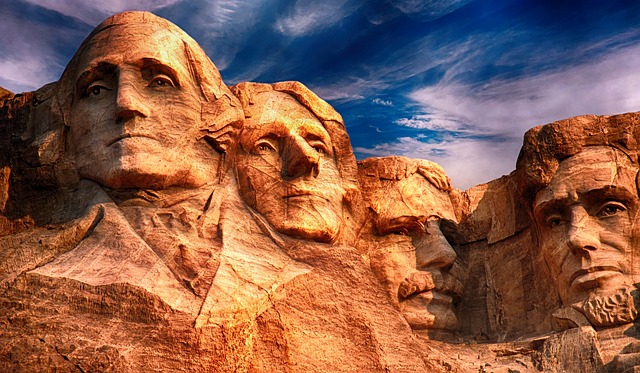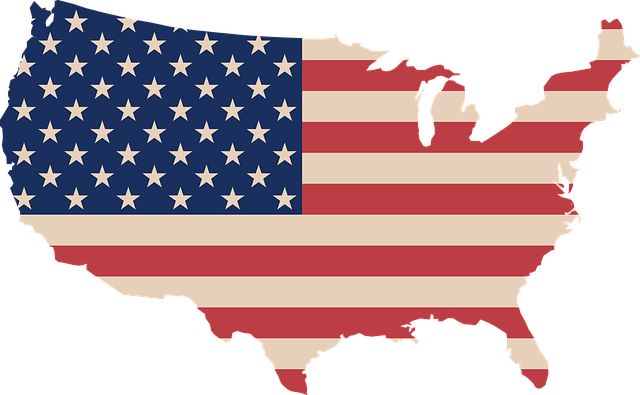The 5×8 Nylon American Flag is engineered with advanced fiber composition and dye technology to resist fading, ensuring vibrant colors even under harsh conditions. Nylon's UV resistance and specialized dyes prevent color degradation, backed by extensive testing. Its superior strength and fade resistance make it ideal for outdoor displays, preserving its iconic design for years despite sunlight exposure and proper care instructions. Choosing fade-resistant fabrics like this nylon flag promotes sustainability by reducing waste, making it a smart, eco-conscious option.
Discover the secret to vibrant, long-lasting colors with fade-resistant fabrics. This comprehensive guide explores how these innovative materials keep hues intact, even under harsh conditions. From understanding the science behind color retention to real-world case studies like the enduring 5×8 Nylon American Flag, we delve into factors influencing fading and the numerous benefits of using fade-resistant fabrics in outdoor decor and garments. Learn how to choose the right material for maximum durability.
- Understanding Fade-Resistant Fabrics: The Science Behind Color Retention
- The 5×8 Nylon American Flag: A Case Study in Durability
- Factors Influencing Fabric's Resistance to Fading: Sunlight, Washing, and More
- Benefits of Using Fade-Resistant Materials in Outdoor Decor and Garments
- Choosing the Right Fade-Resistant Fabric: Considerations for Longevity
Understanding Fade-Resistant Fabrics: The Science Behind Color Retention

Fade-resistant fabrics are designed to lock in vibrant colors, ensuring they remain intense even after prolonged use and exposure. The science behind this lies in the fiber composition and the incorporation of special dyes. For instance, a 5×8 Nylon American Flag, made from high-quality nylon, is engineered to withstand fading. Nylon fibers have natural resistance to UV rays, which are the primary cause of color degradation. Additionally, the manufacturing process involves using specialized dyes that bond strongly with the fiber structure, preventing color transfer and fade even under rigorous conditions.
These fabrics often undergo rigorous testing to simulate real-world scenarios, ensuring their durability. The American Flag, for example, is subjected to intense light exposure, sweat, and constant movement to mimic outdoor use. This scientific approach to fabric development not only creates long-lasting colors but also ensures the product’s overall quality and longevity.
The 5×8 Nylon American Flag: A Case Study in Durability

The 5×8 Nylon American Flag stands as a compelling case study in the durability and fade resistance of fabric, showcasing why nylon is a top choice for outdoor displays. This particular flag, made from high-quality nylon, is designed to withstand harsh weather conditions and maintain its vibrant colors even after prolonged exposure. The sturdy material’s natural resistance to fading ensures that the iconic red, white, and blue remains prominent, symbolizing the enduring spirit of America.
This flag’s construction goes beyond aesthetics; it embodies a commitment to quality and longevity. Nylon’s exceptional strength-to-weight ratio allows it to catch the wind without easily tearing or rippling, promoting its use in various outdoor settings, from patriotic events to historical sites. Its ability to retain color even under direct sunlight is a testament to its superior fade resistance, making it an ideal choice for those seeking long-lasting displays that can stand the test of time and weather.
Factors Influencing Fabric's Resistance to Fading: Sunlight, Washing, and More

The durability of a fabric’s color against fading is influenced by various factors. One of the primary considerations is sunlight exposure, which can accelerate the deterioration of dyes, especially in vibrant colors like those seen on the iconic 5×8 Nylon American Flag. The intensity and duration of sunlight play a significant role; direct, unshaded sunlight for extended periods will lead to faster fading compared to indirect light.
Moreover, washing practices significantly impact fabric longevity. Aggressive washing methods, including frequent use of high-temperature water and strong detergents, can weaken fibers and cause colors to run or fade. It’s advisable to follow care instructions, opt for gentle wash cycles, and use cold water to preserve the vibrancy of colors, ensuring your 5×8 Nylon American Flag remains a proud representation of its intended design for years to come.
Benefits of Using Fade-Resistant Materials in Outdoor Decor and Garments

Using fade-resistant materials, such as a robust 5×8 Nylon American Flag, offers numerous advantages for outdoor decor and garments. Firstly, these fabrics are designed to withstand harsh weather conditions, including prolonged exposure to sunlight, rain, and wind. This means your outdoor decorations or clothing will maintain their vibrant colors and structural integrity over an extended period, ensuring they remain visually appealing for years to come.
Moreover, fade-resistant materials are often treated with special coatings or dyes that protect against color fading, peeling, or cracking under stress. This is especially beneficial for outdoor items as it prevents the need for frequent replacements, thereby saving you money and reducing textile waste. With their durability, these fabrics contribute to a more sustainable approach to decorating and clothing, making them a smart choice for eco-conscious consumers.
Choosing the Right Fade-Resistant Fabric: Considerations for Longevity

When selecting fade-resistant fabric, considering specific factors is key to ensuring longevity and vibrancy of color. One popular choice that stands out is 5×8 Nylon American Flag fabric. This durable material is renowned for its superior resistance to fading, making it ideal for outdoor displays or high-traffic interior spaces. Its robust construction allows it to withstand harsh environmental conditions, including intense sunlight and varying temperatures, which are primary culprits in color degradation.
Choosing the right fabric involves evaluating thread count, dye penetration, and finishing techniques. High-quality fabrics like nylon incorporate advanced coloring processes that embed dyes deep into the fibers, preventing surface-level stains from easily fading. Additionally, specialized coatings or treatments can further enhance fade resistance, ensuring that colors remain vibrant for years to come, even in demanding environments.
